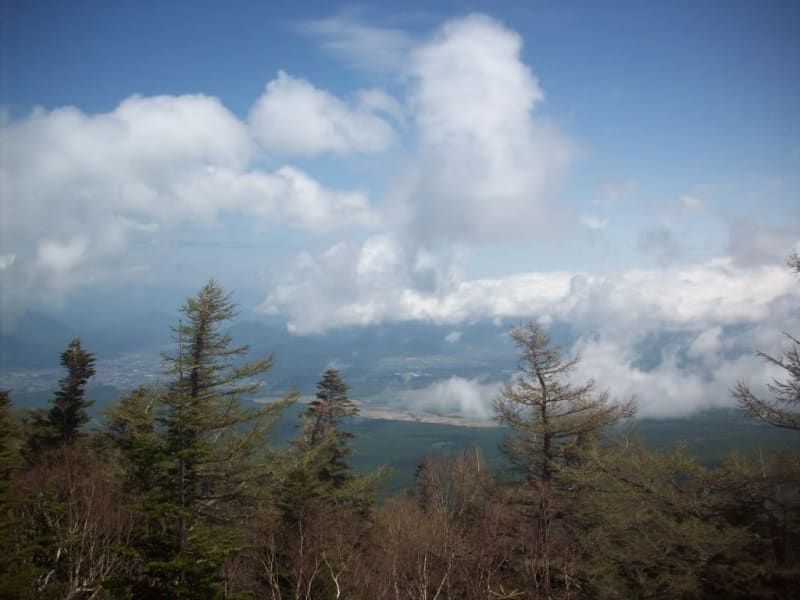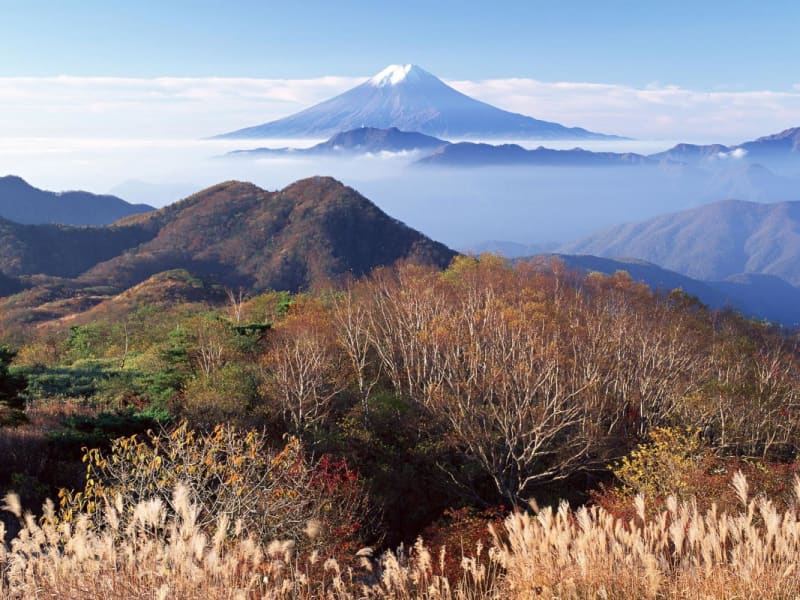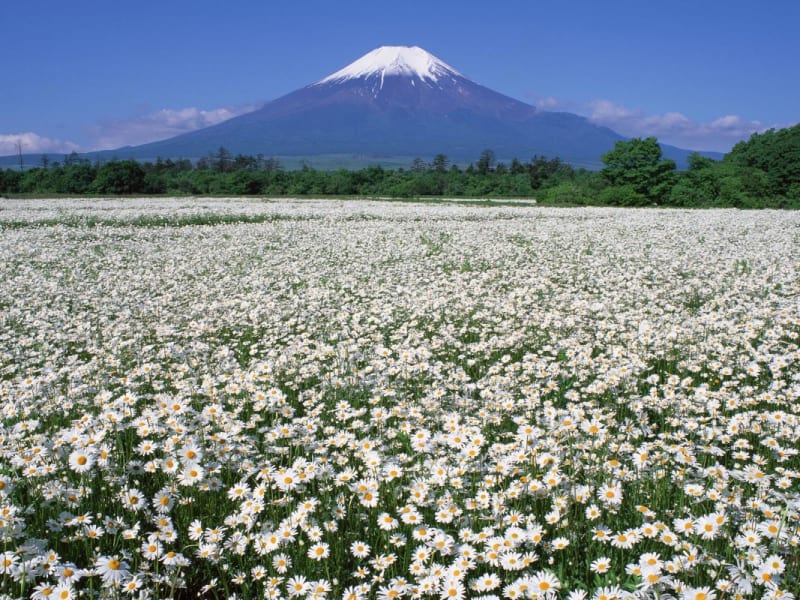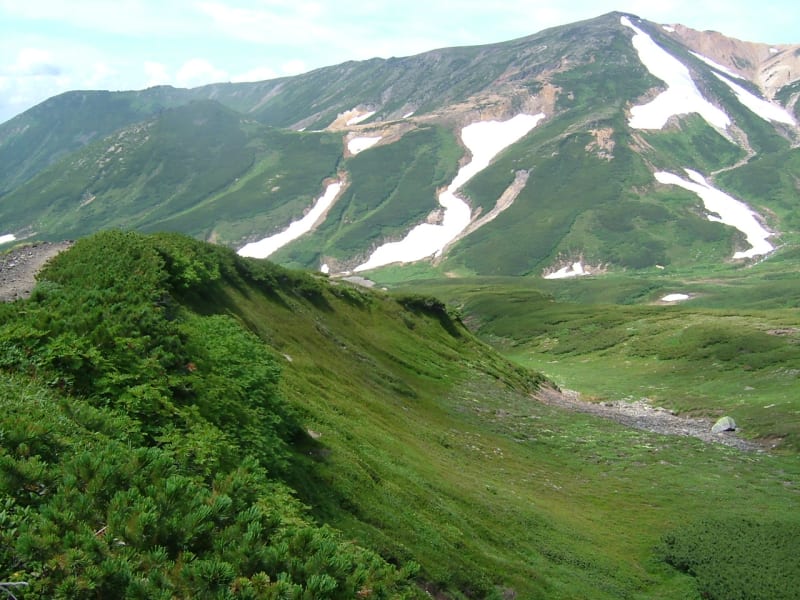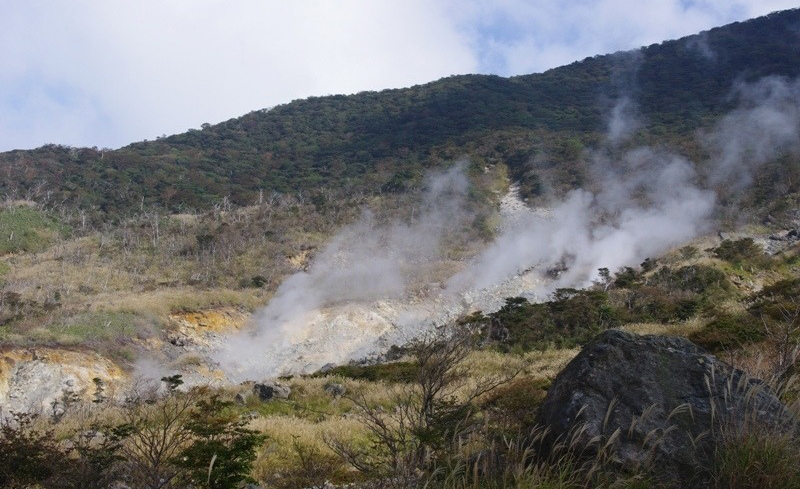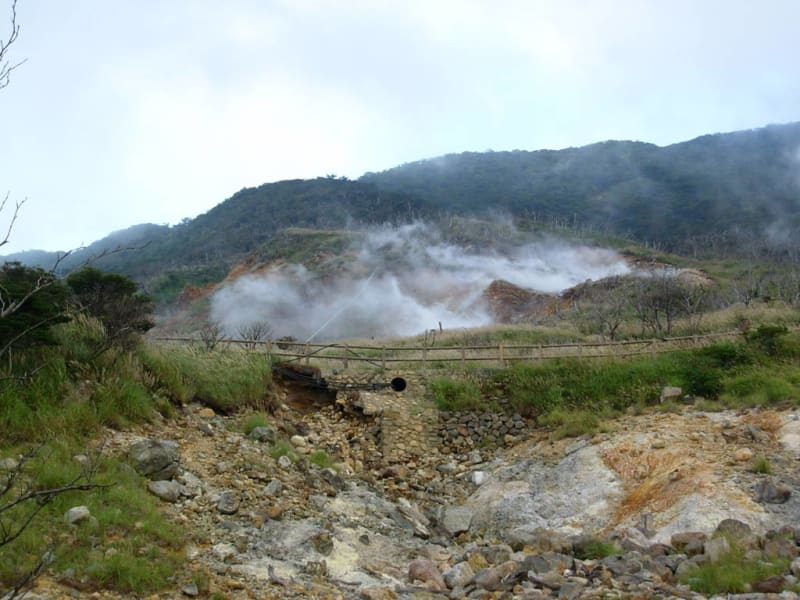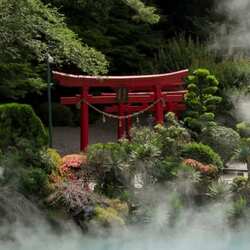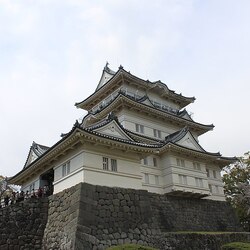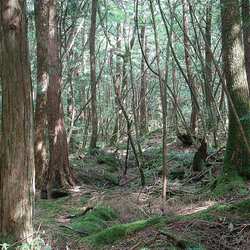Fuji Hakone Izu National Park
Fuji-Hakone-Izu is a national park of Japan, founded back in 1936 on an area of 1,227 km2. Up to 5 million tourists from all over the world visit these places every year. The park includes 5 Fuji lakes, hot springs, the Izu Peninsula and, of course, Mount Fuji, the pride of all Japan.
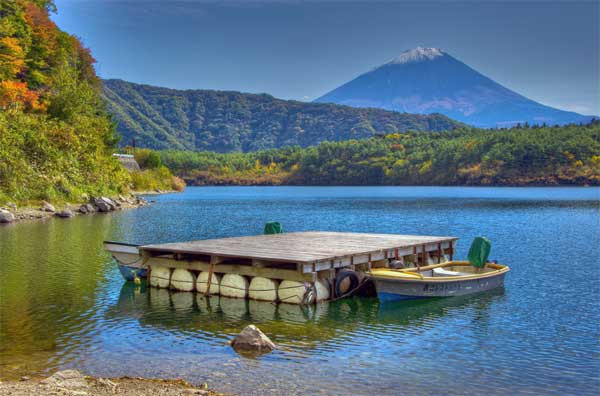
Hot springs
5 famous Fuji Lakes lie among the hills surrounded by pines and fir trees. In the southeast of Fuji lies the Hakone volcanic region, famous for its hot spring caves. There is a double Ovakudani volcano in this place, which is still active. South of Hakone is the picturesque Izu Peninsula with the Amagisan Mountains and Yugashima hot springs. The proximity to Tokyo, the picturesque places on Fuji, the beautiful Kurota with a large number of hot springs, the Hakone forest and the beaches on the Izu Peninsula have made this park a wonderful vacation destination for the whole family. The main attractions can be bypassed by monorail, and you can also climb Mount Fuji by cable car.
Lake Ashi is one of the main attractions of these places, where you can see the reflection of Mount Fuji. The diameter of the lake is more than 20 km, and its beauty attracts tourists from all over the world, as well as fishermen. Tourists rarely give up a boat trip on the lake.
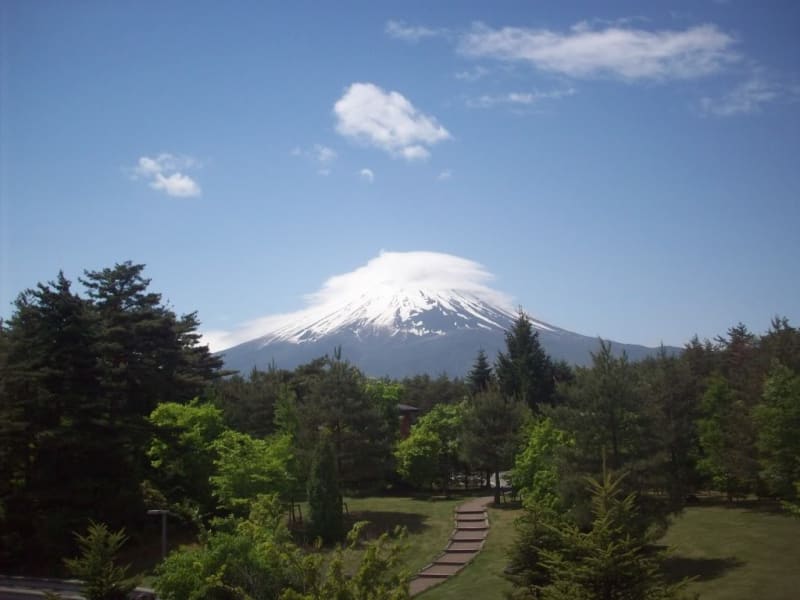
Ovakudani Volcano
In addition to water walks, you can visit the Ovakudani volcano, from which you can see the beautiful landscapes of Japan. The volcano's crater formed more than 3,000 years ago when Mount Kami was at its most active. Today, this process continues, but not so much anymore. Previously, the mountain was called "Owaku". In 1876, Emperor Meiji came here, and since such a titled person could not visit some kind of "hell", the mountain was renamed Owakudani, which translated as "great hell". There are a lot of hot springs in the valley of the mountain, where tourists boil chicken eggs. After boiling the eggs in this water, the egg shells turn black, while the inside of the eggs remain white. These eggs are called Kuro-tamago and due to the sulfur content in the springs, the eggs are slightly soaked in it. Locals say that one such eaten egg will add at least 7 years of life. These eggs are sold in paper bags and it is better to eat them right away, because the useful elements do not last long.
The Five Lakes of Fuji
The Five Lakes of Fuji is one of the most amazing places in Japan. The Japanese quite often come to the lakes to take a break from everyday chores and admire the beauty of Fuji Peak, the Japanese themselves respectfully call it Fujiyama. Motosu is the lake depicted on the 5,000 yen banknote, which is also the deepest. Fishermen can often be found in Shojin Lake. Lake Sai has the most beautiful scenery on Fuji, and it is also the cleanest. On the shores of Lake Kawaguchi, all conditions for recreation have been created for vacationers: restaurants have been built, and a picnic area has been allocated. Well, those who like water sports go to Lake Yamanaka.
Izu is a peninsula in the south of the Fuji-Hakone-Izu National Park. Some of the most popular resorts based on hot springs are located here. In the Middle Ages, prisoners were exiled here. In the early 17th century, the Englishman William Adams settled here, the first to reach the shores of Japan. He also became the prototype for James Claywell's novel The Shogun.
